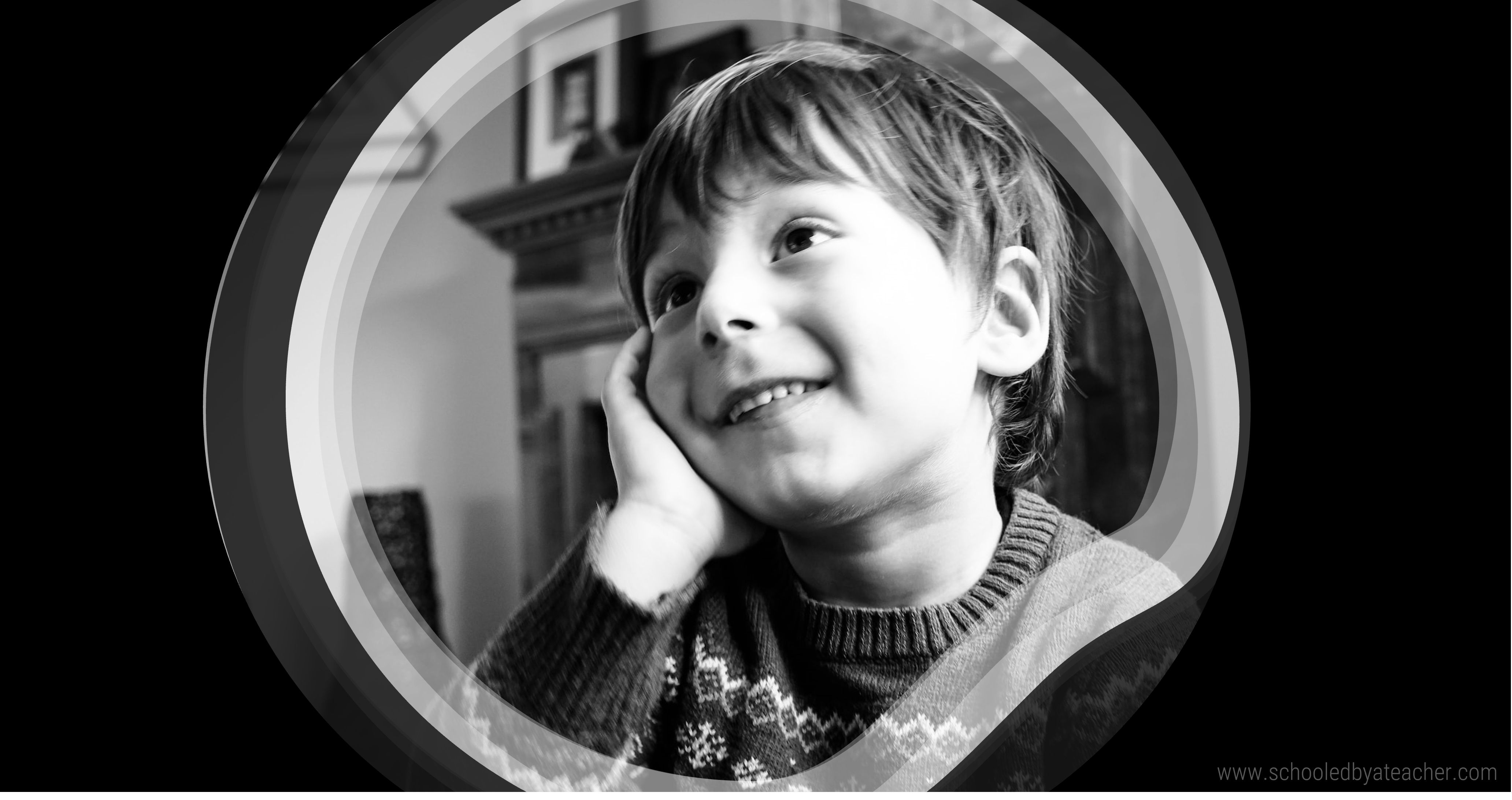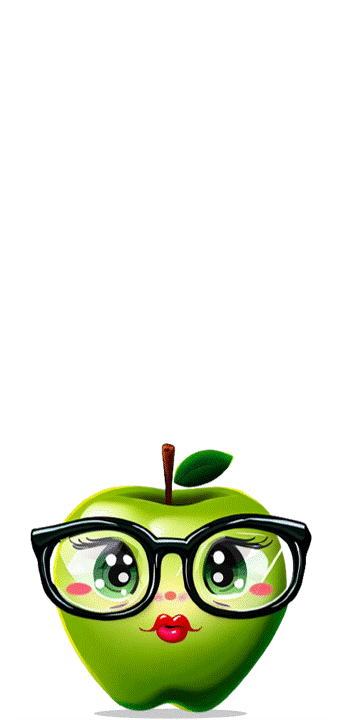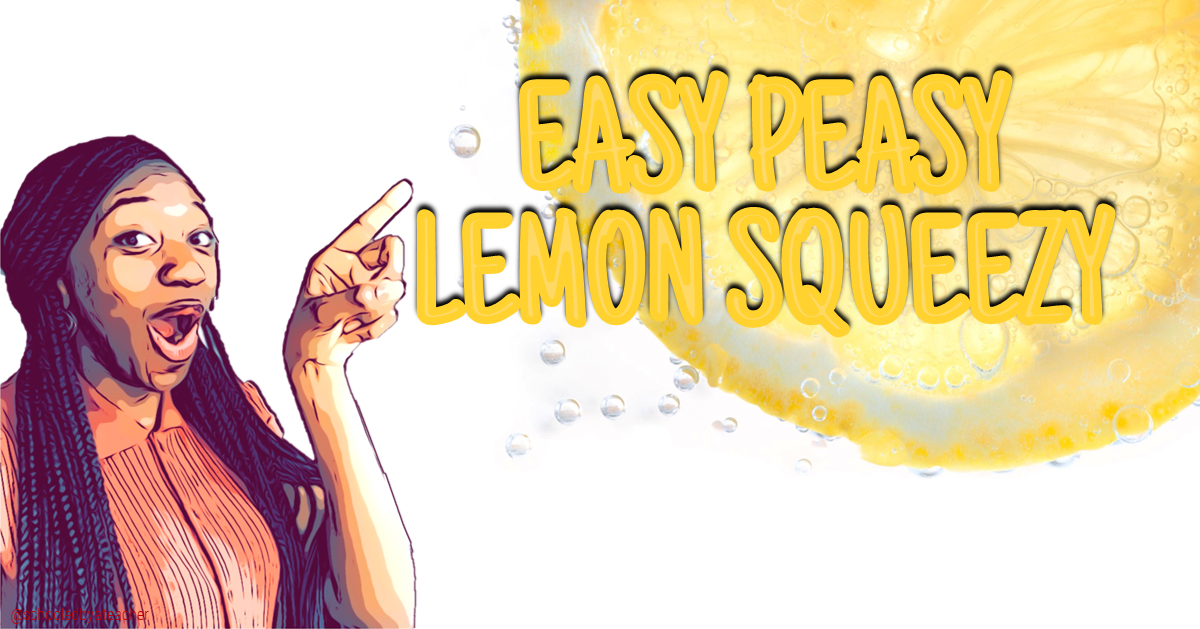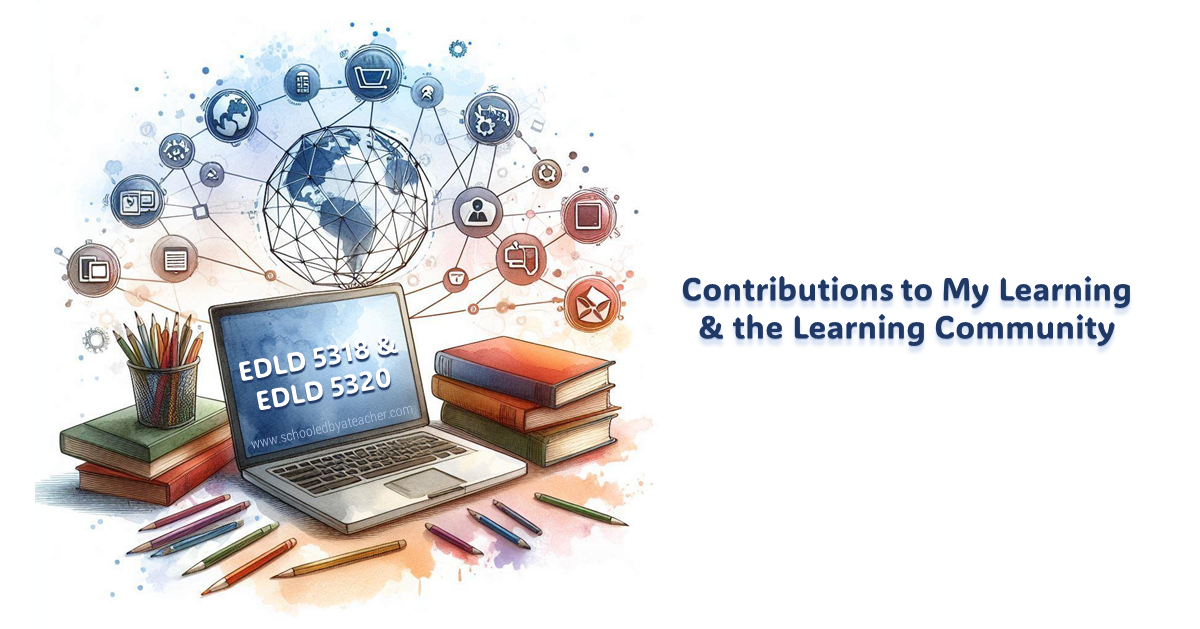As odd as this might sound, when I first started teaching, I was extremely fortunate to not have been provided with a prescribed curriculum to follow. At the time, all I had was the Texas Essential Knowledge and Skills (TEKS) and a scope and sequence which ordered the TEKS into logical order/units. This gave me the freedom and flexibility to design my own lessons and activities that suited my students’ needs and interests. It also challenged me to be creative and innovative in finding ways to make the learning engaging and meaningful. As the saying goes, “necessity is the mother of invention.” Without a ready-made curriculum, I had to invent my own based on the standards and the best practices I learned from various sources.
I was also fortunate that right before the start of my first school year, my principal sent me and a few of my coworkers to a two-day training for educators at Rice University in Houston. While I went to eight sessions over the course of two days, one presenter really stood out, and my experience in his session shaped the way I approached teaching and instructional design. Some of the key points that he made were that:
- Students are like programmable computers; if you put garbage in, you will get garbage out. So, when crafting lessons, ensure to give high-quality input the first go around, and you’ll get higher quality, but not always perfect, output after initial instruction. Also, if instruction is delivered effectively the first time, less students will need remediation/interventions.
- The consumption of information is becoming increasingly visual and graphic heavy. While attendees at the training might’ve been taught from textbooks, worksheets, and static transparencies on an old-school overhead projector, our present-day students are already accustomed to consuming information and being entertained on laptops, phones, and tablets, which provide visually engaging and graphic heavy content at close range. So, he recommended not to teach with textbooks or using presentations that are text heavy because this is not the way students consume information on their own, so they will quickly become bored and restless.
- When applicable, try to use short, relevant videos and captivating visuals with minimal texts to hold students’ attention, provoke academic discourse, elicit a memory, etc. A picture is worth a thousand words and a video is worth a million. A picture or a video can capture the essence of a topic, demonstrate a concept, or tell a story in a way that words alone cannot. They can also stimulate emotions, curiosity, and creativity in students. However, he emphasized that using videos requires careful planning and execution and should not be used as a substitute for instruction.
- While teachers do not have to put on a show for students, the classroom should not be boring. Rather the classroom should be full of life, lively discussions, real-world application of learning, projects, games, challenges, collaboration, etc.
- Students need to see the value of what they are learning. If students see how the content and skills they are learning are relevant to their lives, interests, and goals, they are more likely to be motivated, engaged, and successful in their learning.
With this information and my own initiative and desire to excel as a new teacher, I was able to craft original and engaging lessons for my 6th grade students that not only retained their interest and covered the required content but allowed students to cultivate their imagination, honor their passions, and connect their passions to the things they needed to learn.
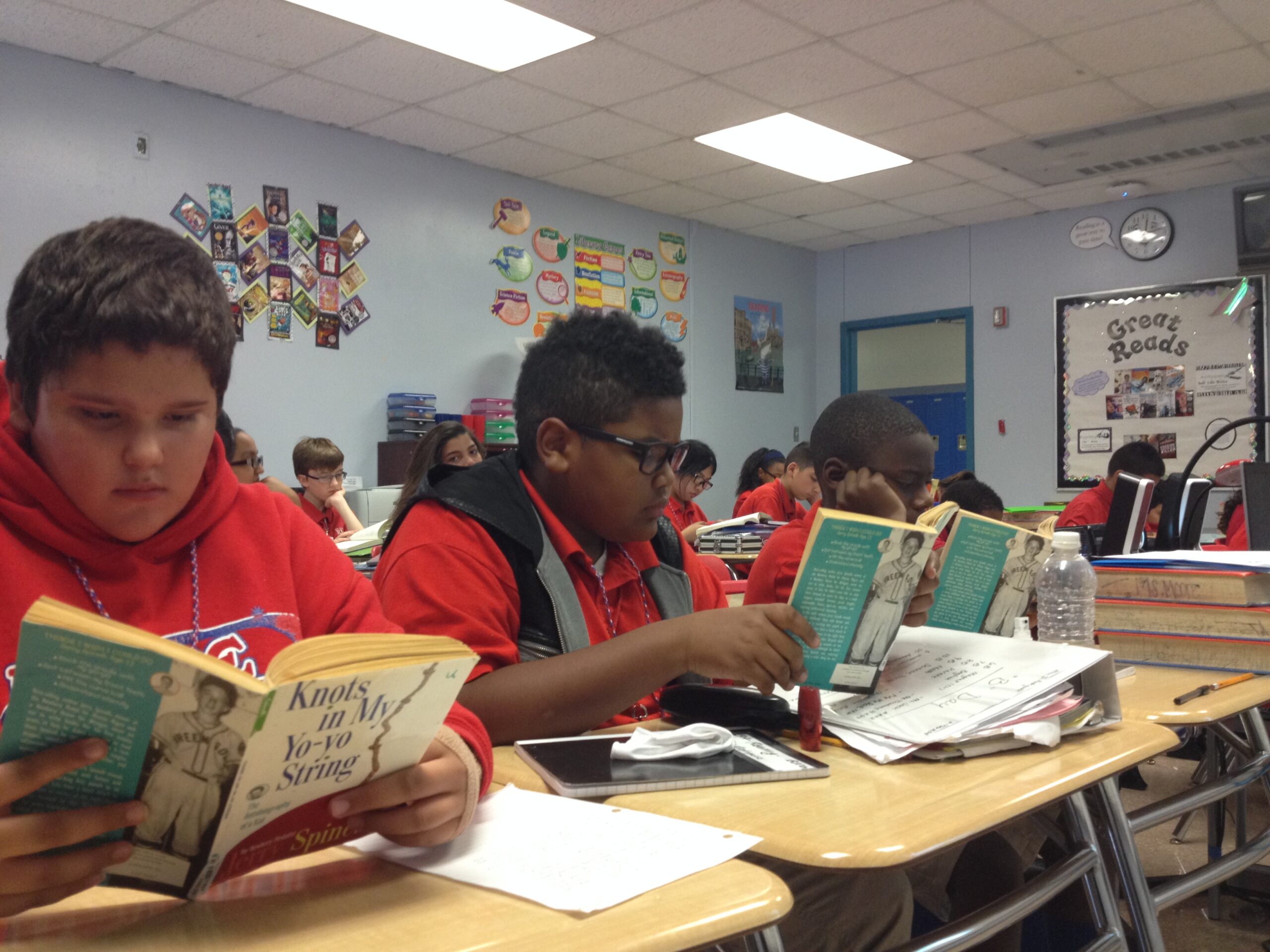
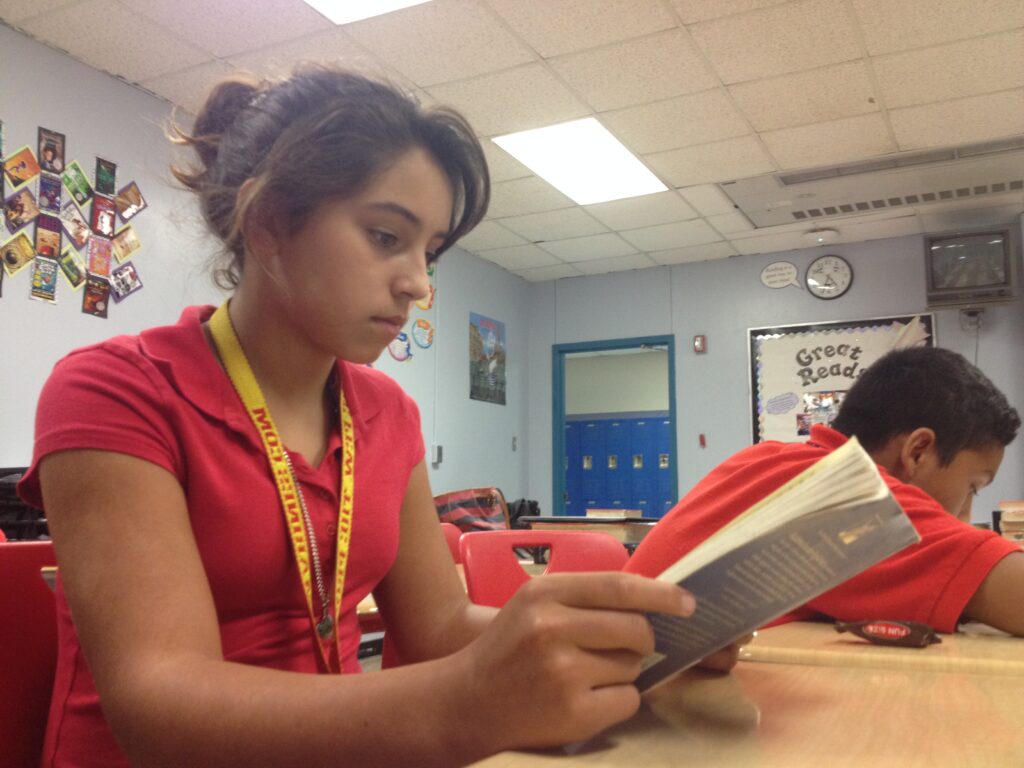

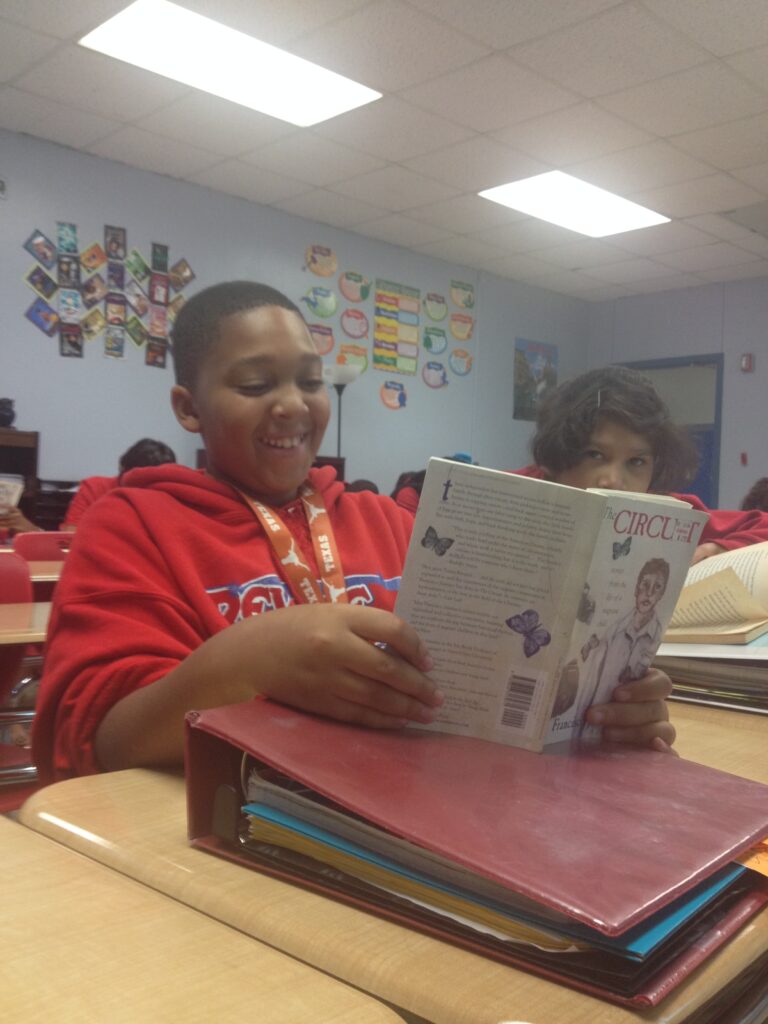
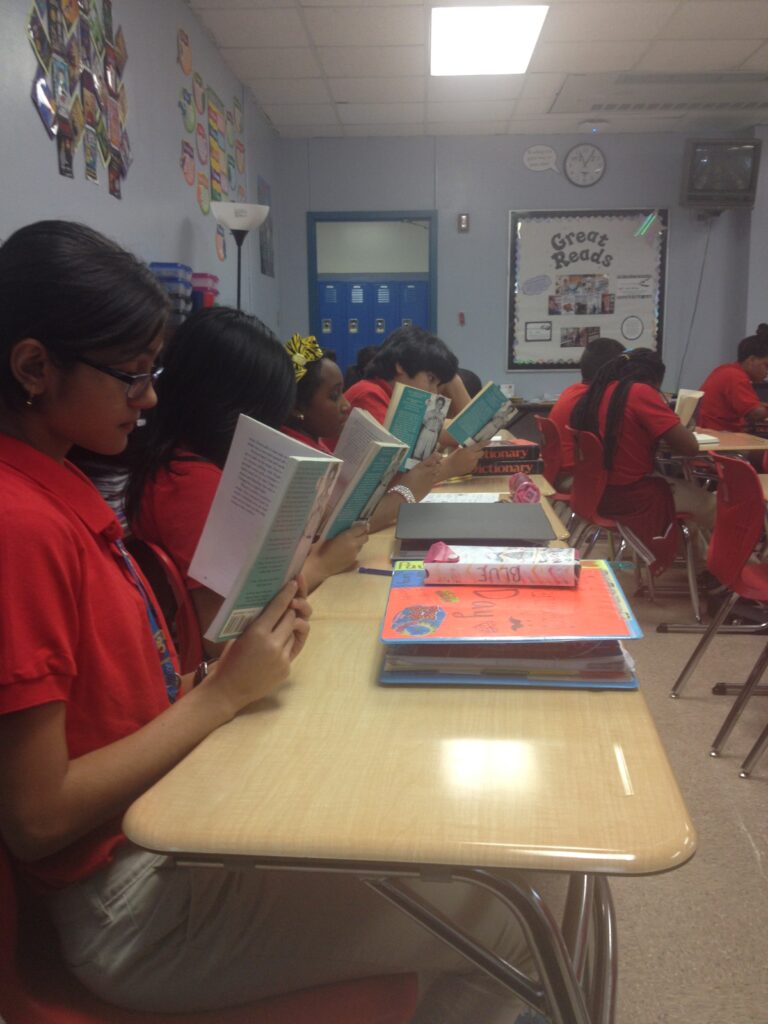
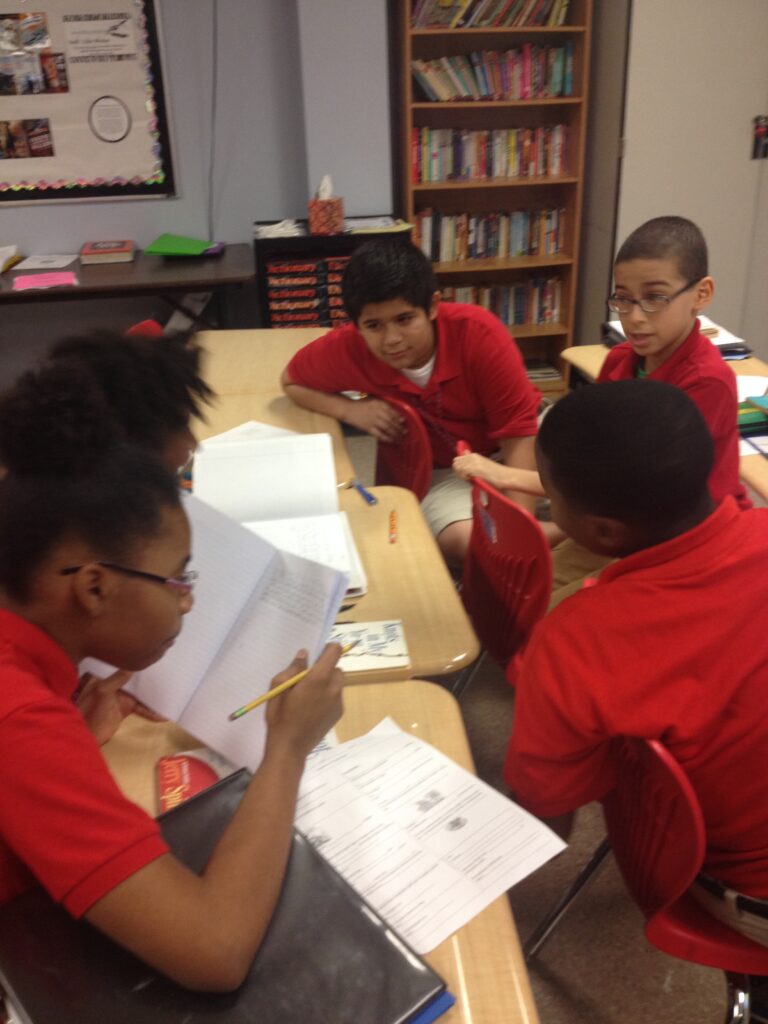

For example, during a unit on Literary Nonfiction, my students were able to:
- Select and read real journal entries, diaries, memoirs, letters, biographies, and autobiographies based on their own interests and the lives of a diverse range of people they were interested in learning about.
- Learn the components of well-written literary nonfiction (based on the TEKS) by reading and exploring different examples of literary nonfiction and also looking at pictures or watching video clips that provided additional context for texts they were reading.
- Learn about and practice how to gather facts and primary sources.
- Analyze why storytelling and passing on/sharing life stories and significant moments and memories is important.
- Most importantly, create their own memoirs, mini autobiographies, and biographies of family members so they could also capture their own unique stories and keep the rich stories and history of their families alive while incorporating the components of well-written autobiographies.
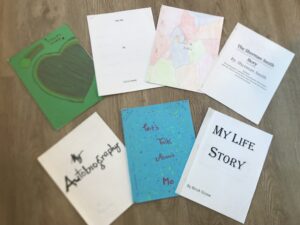
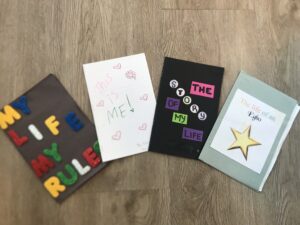
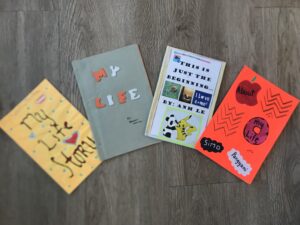

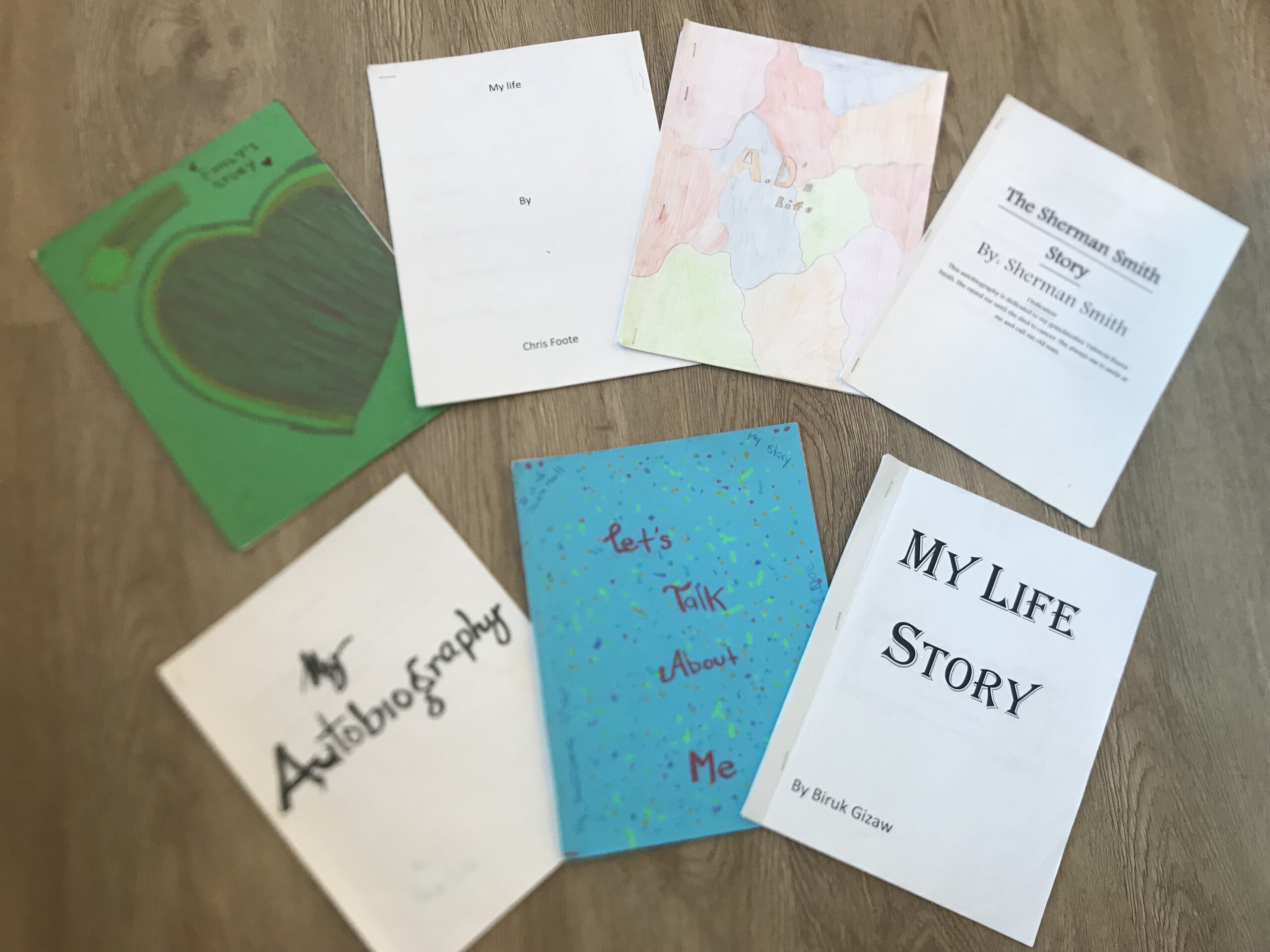
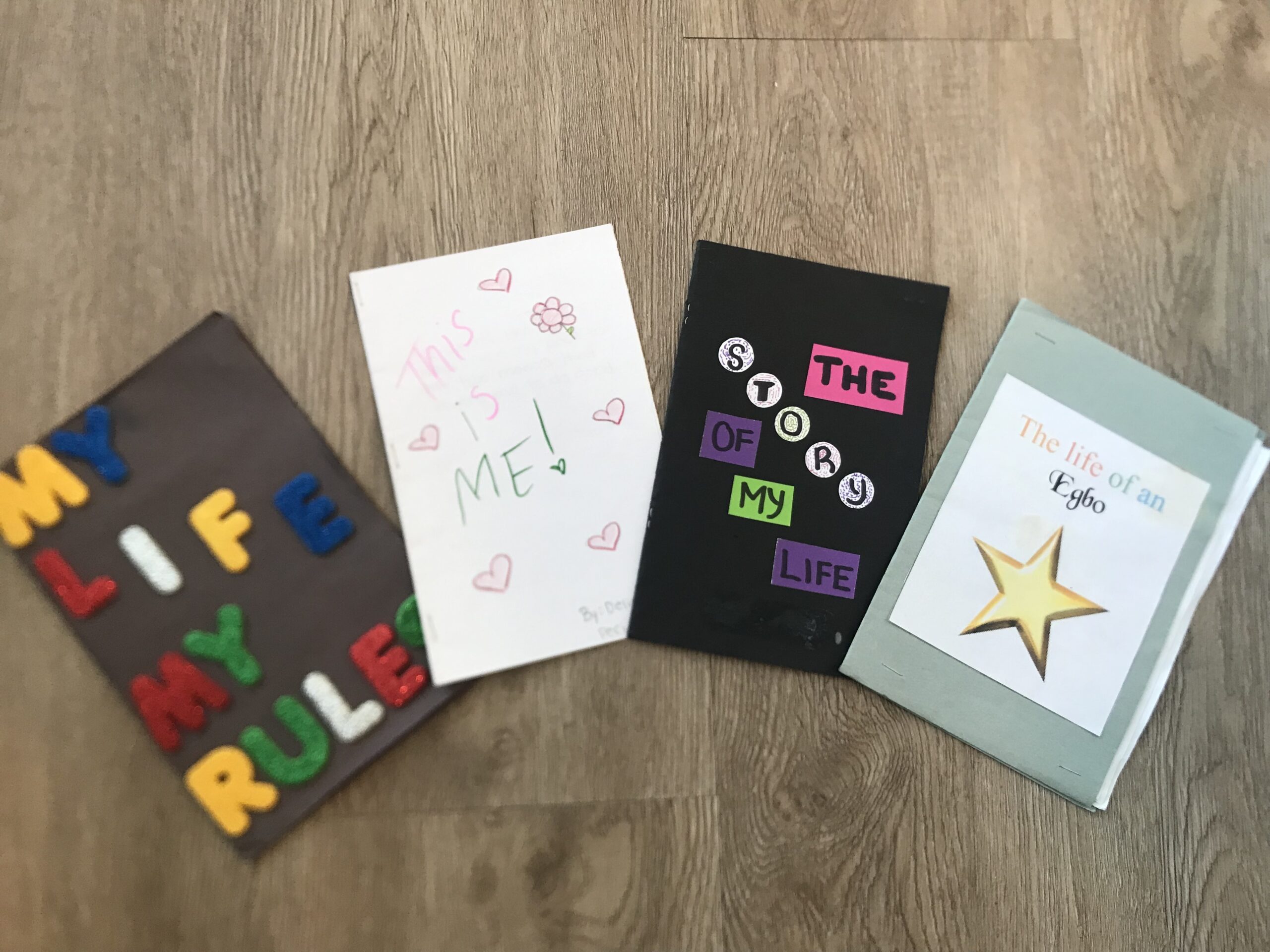
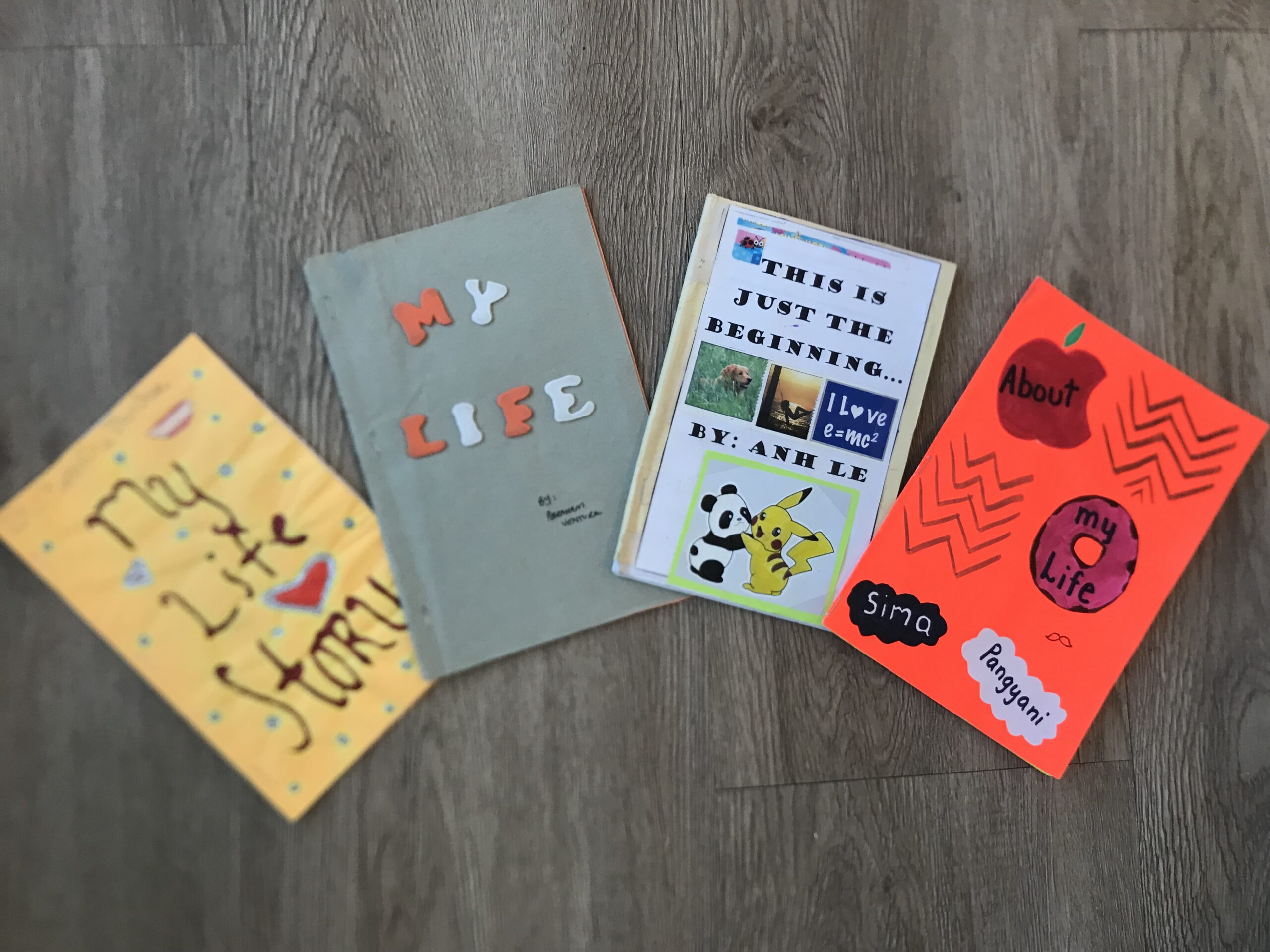
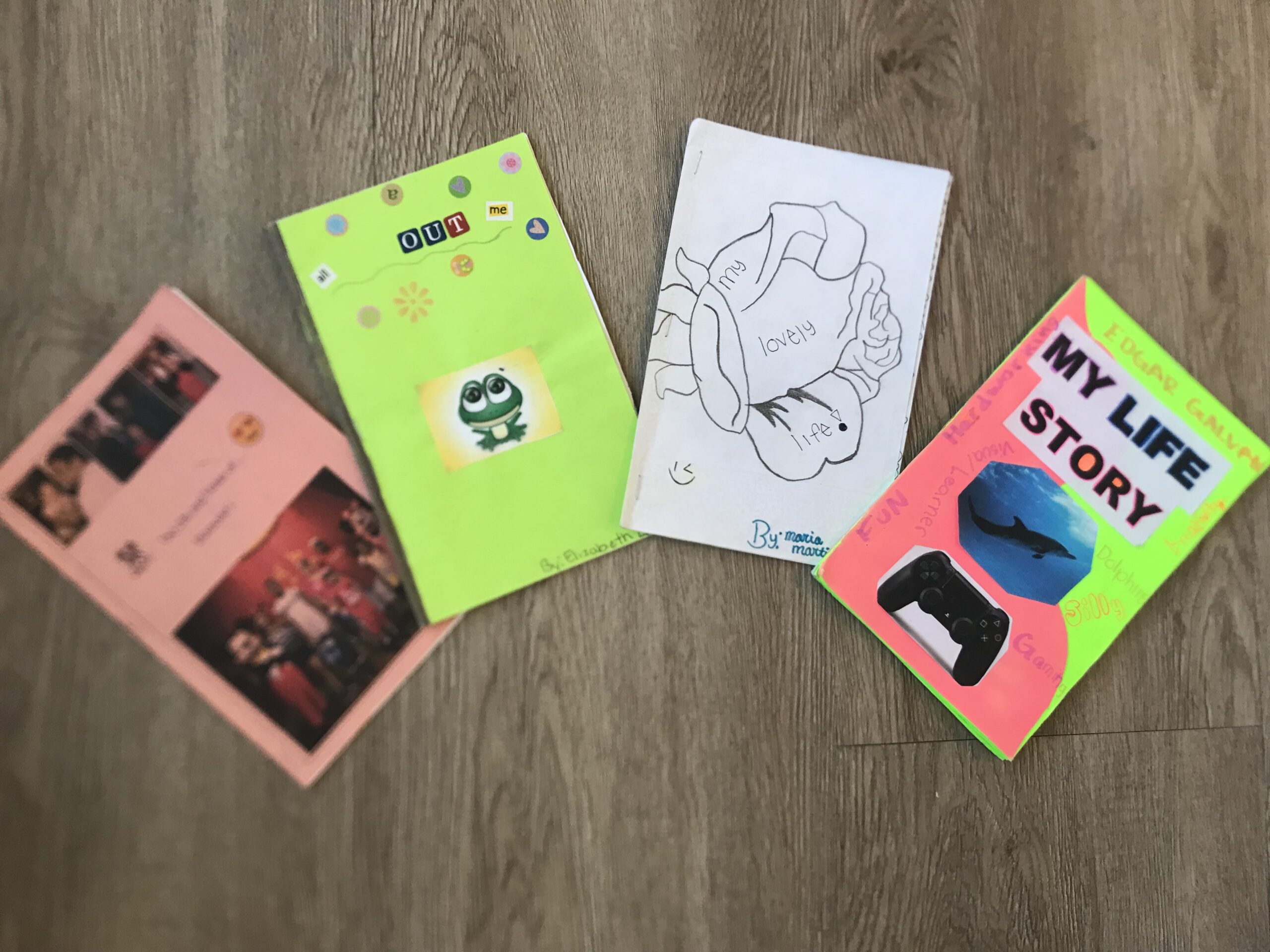
At the close of the unit, students shared their stories with their peers and their own family members. They also were allowed to place their books in the biography and autobiography sections of our class library so that throughout the rest of the school year students, regardless of which period they were in, could read and learn about their diverse schoolmates alongside the other stories in our class library.
This is just one example of how I addressed the teaching standards while also integrating curiosity, imagination, and real-world application into my classroom. Creating lessons, presentations, projects, and supplemental materials from scratch was not the easiest route to go, but I found it to be the best way for me to yield the best results with my students over the years I was a teacher. In taking an active role in constructing a conducive learning environment, I was able to familiarize myself with the knowledge and skills my students needed to succeed from an academic standpoint, but more importantly, from a personal and social standpoint as well.
I believe that education is not only about acquiring knowledge, but also about developing character, values, and critical thinking skills that can help students navigate the challenges and opportunities of life. By creating lessons that sparked their curiosity and imagination, and by providing students with authentic ways to apply their learning, I aimed to foster a love of learning, a sense of wonder, and a respect for diversity in my students. I also encouraged them to express their opinions, collaborate with others, and reflect on their own learning process. In doing so, I hoped to prepare them for the future, not only as learners, but also as citizens and leaders.
I say all this to say that while I do believe that learning is the responsibility of the learner, I also know that it is the teacher’s responsibility to create the context and environment in which learners can actually learn and thrive.
Providing a scripted or prescribed curriculum or relying on computer-based programs that have students in a robot-like state and must be followed “to the t” removes the ability for teachers to familiarize themselves with the curriculum and customize their instruction according to their students’ needs, interests, and abilities. It limits their creativity and autonomy in designing engaging and meaningful learning experiences that spark their students’ curiosity, motivation, and passion for learning. Additionally, it reduces teachers’ professional growth and development as they become passive implementers of someone else’s vision rather than active contributors and innovators in their own practice.
What are your thoughts on teaching beyond the standards and integrating curiosity, imagination, and real-world application into your classrooms? How do you balance the expectations and requirements of the curriculum with the needs and interests of your students? Please share your insights and experiences in the comments below.
